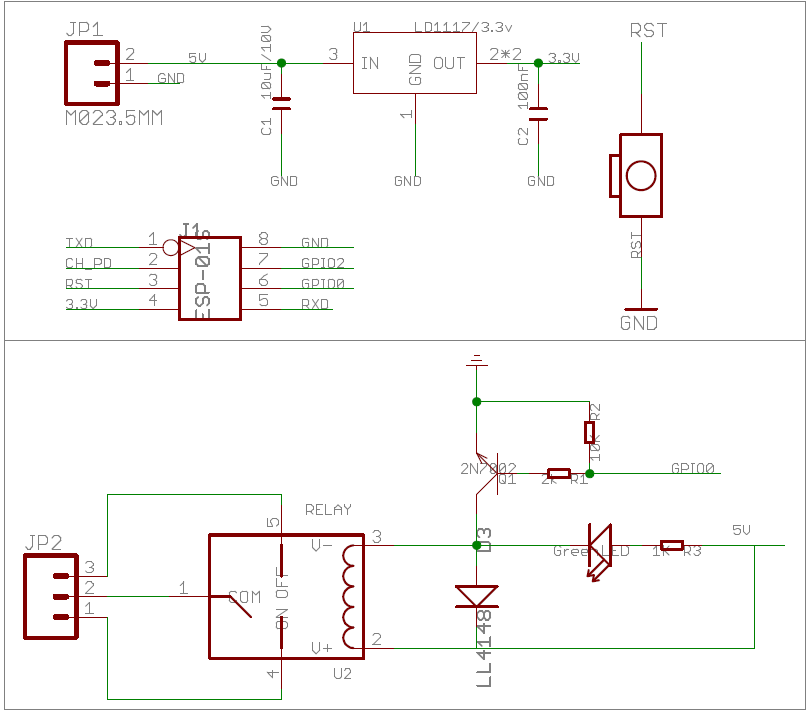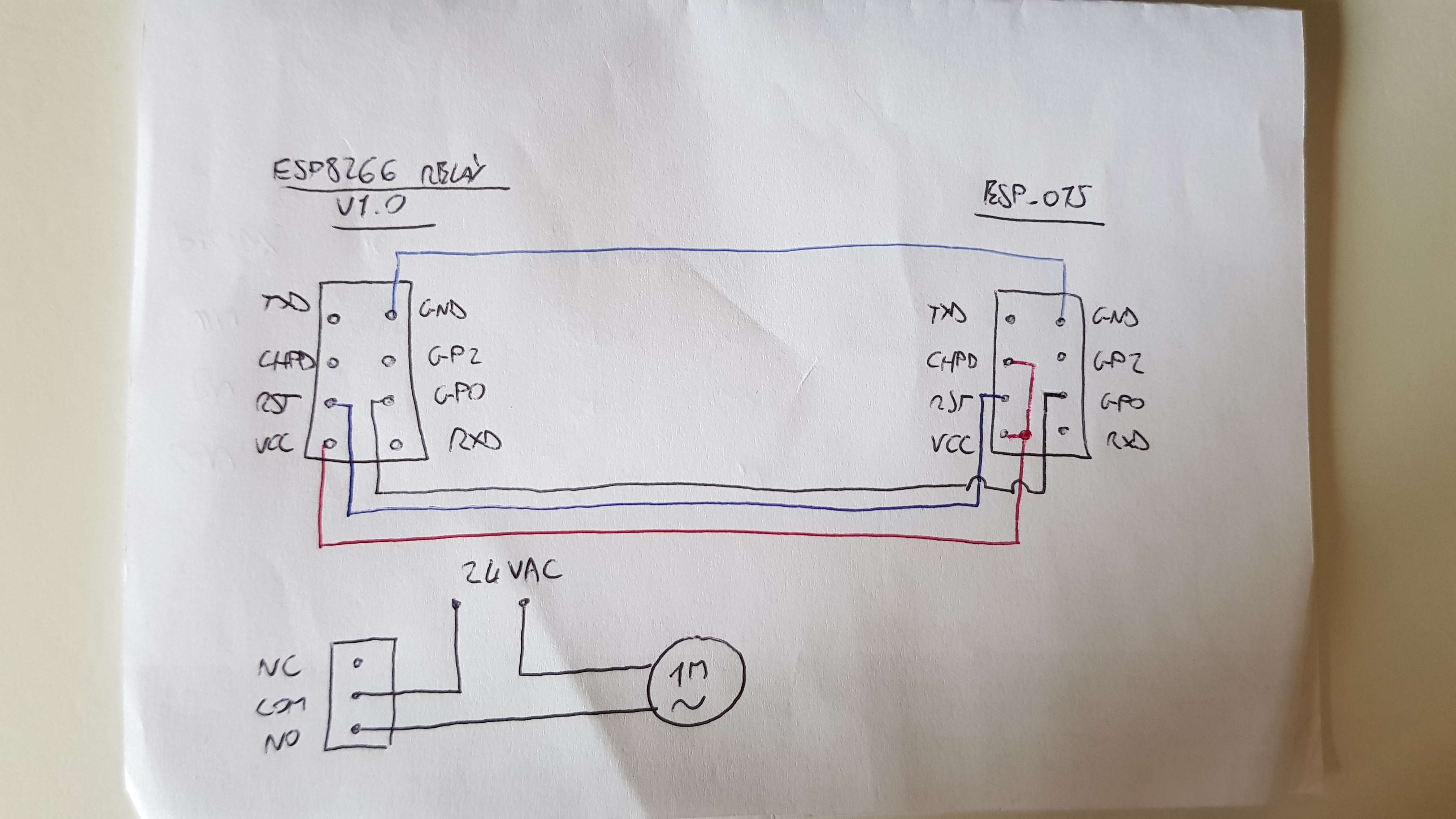I wanted to expose you the following problem from which i do not come out:
I have an ESP-01S that pilots an ESP8266 Relay v1.0 board (i tested ESP8266 Relay v4.0 board too.. Same problem!
I made the connection on a solderless breadboard. I think both the electrical wiring and the software should have no problems as everything works correctly and never crashes "at zero load".
The problem is that it crashes everytime i connect the NO and COM contacts of the ESP8266 relay board, to any type of AC power supply (both 24 and 230 VAC) that drives a load (for example another relay or fan). After a short time (or immediately) the ESP8266 relay board switches his contact, the ESP-01S always crashes with a reboot and i can't understand why...
I don't think it's a drop down voltage (nor peaks) on the main 3.3V power supply of the ESP-01S because with the multimeter i have not detected anything of abnormal.
- What do you think the problem may be? Has this issue ever happened to someone of you?
I tried to search the web but i did not find anything of useful ..
PS: The ESP-01S reboots for the following reason: "ets Jan 8 2013, rst cause: 4, boot mode: (3,6)"
Thanks to everyone!

